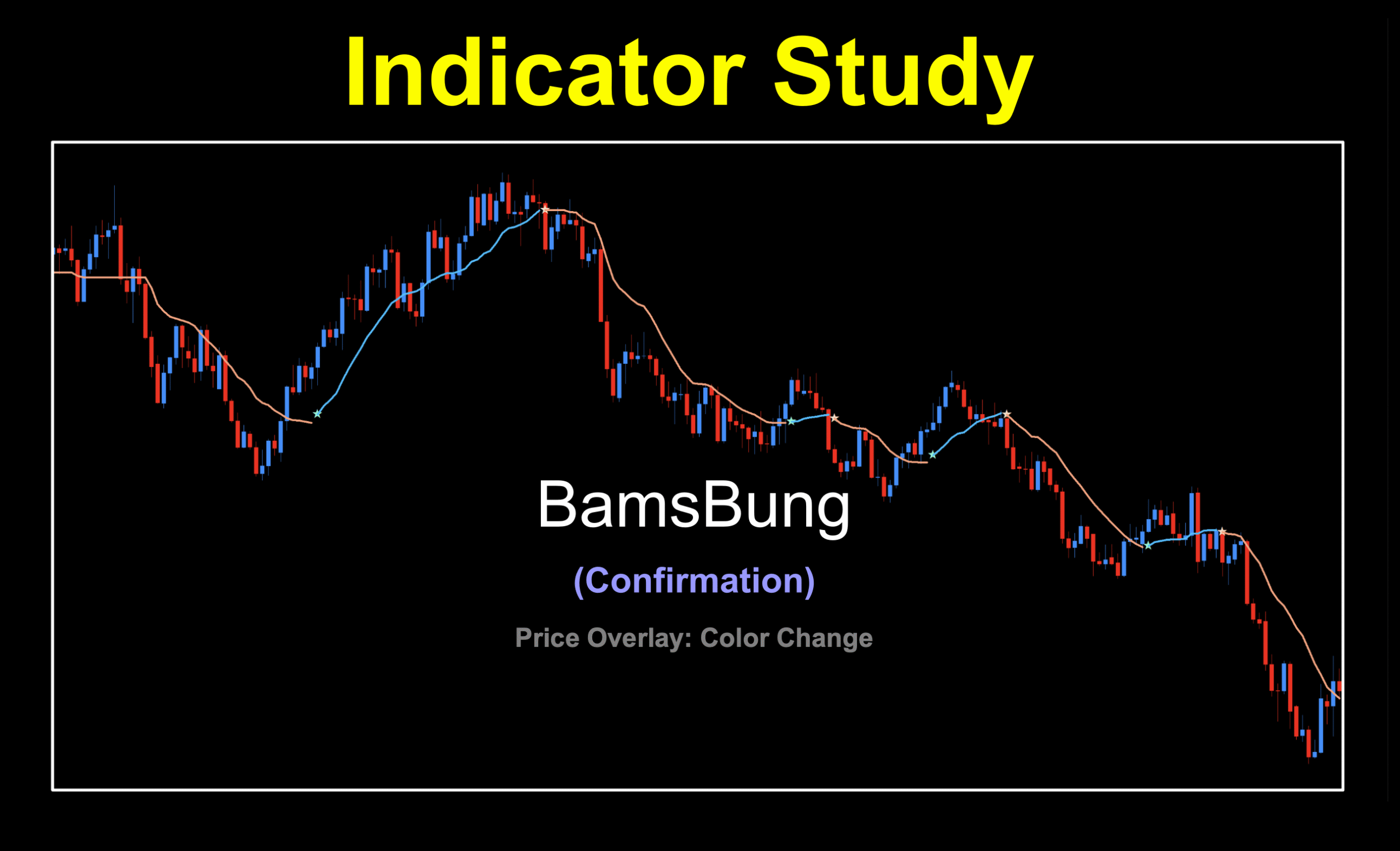What’s In a Name
All jokes aside, this is a really weird name for an indicator. Maybe that’s what caught our eye. We immediately reverted to middle school humor, cycling through various sophomoric jokes, innuendo, and general chuckling. Once the noise died down, and we shook off the hilarity, we figured, why not? Let’s see what this funny named indicator was about. After all, it looked pretty good on the chart and seemed easy to use.

Relatively New
The inception date of this indicator is from 2024 and upon a bit of research, the name appears in multiple occurrences; sometimes as a system, sometimes as an indicator that looks similar to this one and sometimes not. But whatever. We don’t judge. Even if we saw an indicator named, “bootylicious123”, we’d probably check it out just for the curiosity factor. Of course, it doesn’t really tell us what the indicator does, and sometimes we don’t care…as long as it prints decent signals, doesn’t repaint, and doesn’t take an advanced degree to use it.
Take it to Heart
At its heart, it’s a cousin of the Bollinger band squashed into a single color changing line, with a few others cool bits thrown in for better signals. We did compare it to a straight up BBand indicator, and they don’t look the same, so it’s not a repackaged indicator.
Easy on the Eyes
The stock image is actually very usable, something that doesn’t appear in most situations…which of course is a bit of a head scratcher. I mean, why don’t coders make it easy to see? It’s never a bother for us because you know that we tend to not leave things alone. In any event, this default view has perfectly acceptable colors and signal identifiers. In fact, they make it kind of foolproof…another value added benefit, at least for us.
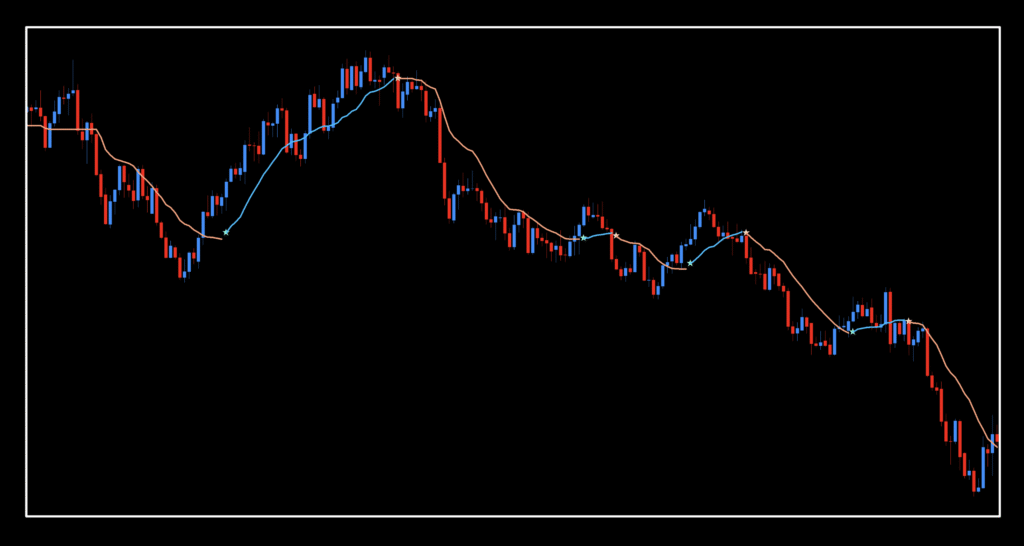
Full Disclosure
In the spirit of transparency, there actually was a setting…or two that we did change. However, in our defense, they did nothing to alter the visuals. We’ll explain them a bit later. But in the meantime, pretty cool looking, eh?
Settings
There are a few variables in the settings menu, but most of them are not really necessary. We’ll break them down for you.
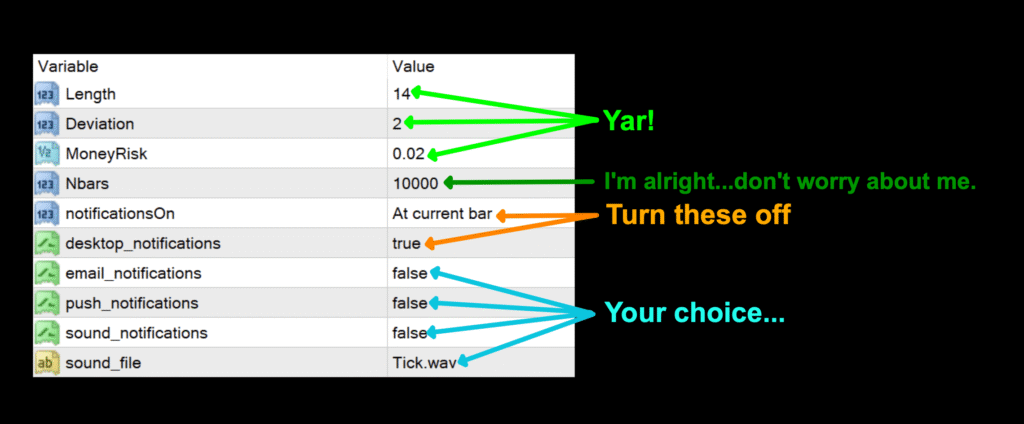
Length: The number of periods for the BBand calculation. The default setting is 14. The historic BBand setting was always 20. We’re kind of partial to the number 14 anyway because it ties in nicely with default ATR.
Deviation: Deviation refers to the standard deviation value. This determines the width of the bands around a moving average. The default setting is typically two standard deviations, which captures approximately 95% of price action, which coincidently is the default value; 2.
MoneyRisk: This is really just an offset and should not be considered anything to do with your risk profile. The default value is 0.02.
NBars: The number of overall periods that the indicator will look back for plotting purposes. Since 10,000 roughly equates to 39 years worth of trading on the daily time frame, it’s safe to say that this number is perfectly fine and should be left alone.
notificationsOn: This setting toggles when an audio/visual alert is given. We chose to turn these to the “off” position, as we don’t use just one indicator for our trading purposes.
Other Notifications: These are various notification settings which you’re certainly able to adjust for emails, sounds, and texts. We turn them off for the reason we just described above.
Daily Maintenance
Remember, once you’re ready to perform daily maintenance on your trades during the last 20–30 minutes of the trading day (1700 New York time), you’ll be presented with one of four options.
- Opening a trade.
- Closing a trade
- Maintaining a trade; i.e.
- Moving a stop loss level.
- Exiting a trade.
- Taking a pass (nothing to do).
Take Two
There are two ways to get a signal. The first is a color change of the signal line and the second is a cute little star to help us figure out when the signal line has changed colors, if you have that disability.
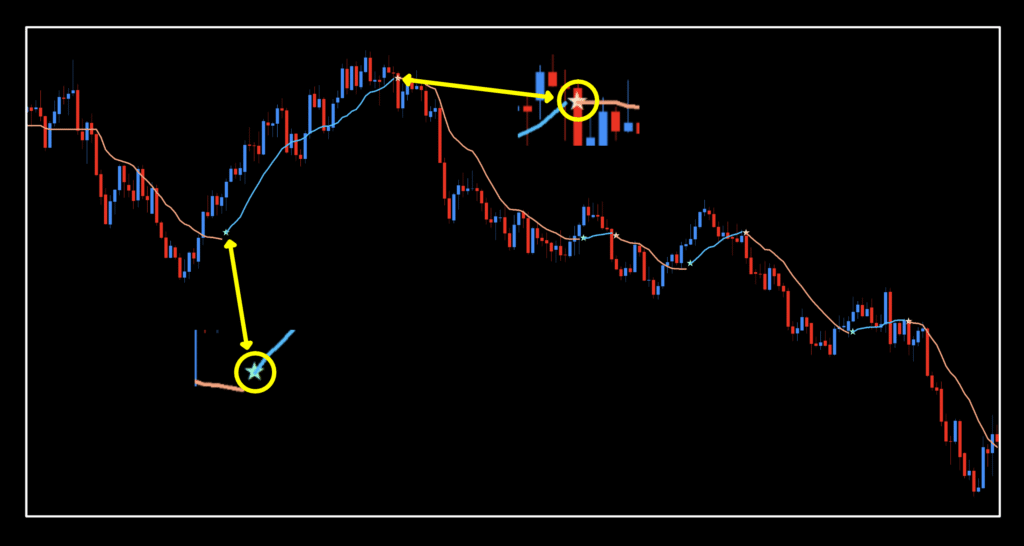
Long: When the signal line turns from “light salmon” (LOL) red to blue…and you get a bluish star.
Short: When the signal line turns from blue to fishy pink, and you get a reddish star.
Delightfully Devine
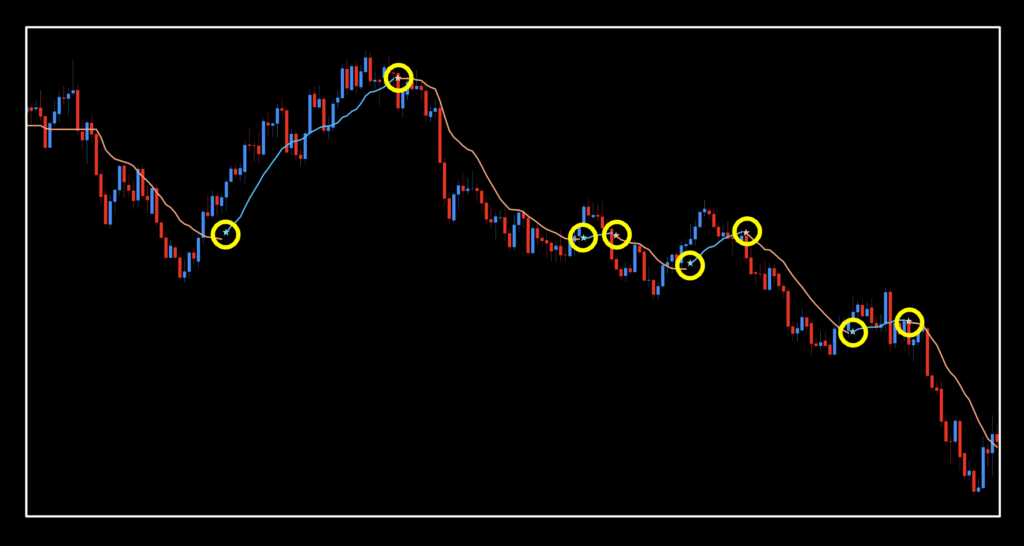
So. Pretty easy on the eyes and pretty easy to use. It looks to make a decent C1 and seems to call trend changes well…but we’ll just have to see how well in the most exciting portion of the blog…
Happy Happy Joy Joy
If you’ve forgotten how we test, or want to learn what we test for, check out the Cross Roads indicator study, which has all the information you need. Just click, HERE. We delve into all the fun and interesting points for your reading pleasure.




Bam Bam
This was all over the place with regard to results. A bit soft on the EUR, and it gets better through SPX500, BTC and finally XAU. Regarding the EUR, we took a long look at that chart and what we noticed was that there were very long extended runs which may have returned far better results if this indicator was part of an algorithm. Go take a look yourself and see what your eyes tell you.
Resources
This nifty little ditty can be yours for the low, low cost of zero, by downloading it from our on-line library, HERE. It’ll have the word, “NEW” in red next to the name to help you find it. For the video portion of this week’s installment, be sure to check out the technical analysis video on the Stonehill Forex YouTube channel. Get your trading to the next level by signing up for the Advanced NNFX Course, HERE.
Our only goal is to make you a better trader.
*Our published testing results are based on money management strategies employed by the NNFX system and depend on varying external factors, which may be different between individuals and their specific broker conditions. No guarantee, trading recommendations, or other market suggestions are implied. Your results and subsequent trading activities are solely your own responsibility.
BTW — Any information communicated by Stonehill Forex Limited is solely for educational purposes. The information contained within the courses and on the website neither constitutes investment advice nor a general recommendation on investments. It is not intended to be and should not be interpreted as investment advice or a general recommendation on investment. Any person who places trades, orders or makes other types of trades and investments etc. is responsible for their own investment decisions and does so at their own risk. It is recommended that any person taking investment decisions consults with an independent financial advisor. Stonehill Forex Limited training courses and blogs are for educational purposes only, not a financial advisory service, and does not give financial advice or make general recommendations on investment.

